
AppSheet vs Airtable: In-Depth Comparison
If you’re deciding between AppSheet and Airtable, knowing their differences is important. Both tools are designed to build apps and manage data without coding. This guide will...
Various forms of content are constantly competing for your attention. But when its good, you want more of it. And if you yourself are good at creating valuable content, you should put a price on it to enable yourself to do more of that. The easiest way to do it is via the membership website.

Even though there are many membership model options, building a no code subscription site might be an appealing idea. Swapstack, a site that was built entirely using no code tools to monetize newsletters, last year was acquired by Beehiiv and that became one of the top no code news stories of the year. Subscription website made by you may be the next success story.
The rise of subscription/membership-based models reflects a significant shift in consumer preferences towards personalized, ongoing services. This trend capitalizes on the desire for curated experiences, consistent updates, and online community engagement.

No-code platforms have been pivotal in this growth, democratizing website creation by eliminating the need for technical coding skills. They offer a user-friendly, cost-effective solution for entrepreneurs and businesses to rapidly deploy and manage subscription sites.
This accessibility allows for quick market entry, scalability, and flexibility in design and functionality of membership sites, making it easier than ever to build and maintain dynamic, member-focused online platform.
No-code platforms are user-friendly software tools that enable the creation of websites and applications without the need for programming knowledge. They use intuitive drag-and-drop interfaces and pre-built templates, making web development accessible to non-technical users.
The advantages of using no-code solutions for subscription management include these additional features:
Sure enough, you want your subscription/membership site to be successful in the competitive digital landscape. That’s why thoroughly planning it is crucial.

Start by defining your target audience and understanding their needs, preferences, and behaviors. This insight shapes your subscription model, ensuring it resonates with potential subscribers.
Next, decide on the type of content or service to offer. Whether it’s exclusive articles, video tutorials, or specialized services, your offering should provide unique value to your members.
Finally, setting subscription tiers and pricing strategies is key. Consider multiple tiers to cater to different segments of your audience, offering varied levels of access or perks. Your pricing strategy should strike a balance between perceived value and market competitiveness, ensuring it’s attractive to subscribers while sustaining your business model.
This planning phase lays the foundation for a subscription site experience that’s tailored to your audience and poised for growth.
Choosing the right no code platform is a pivotal decision for building a successful subscription site. Popular options include Bubble, Memberstack, Webflow, Substack, and Memberspace, each offering unique features to fit various needs.
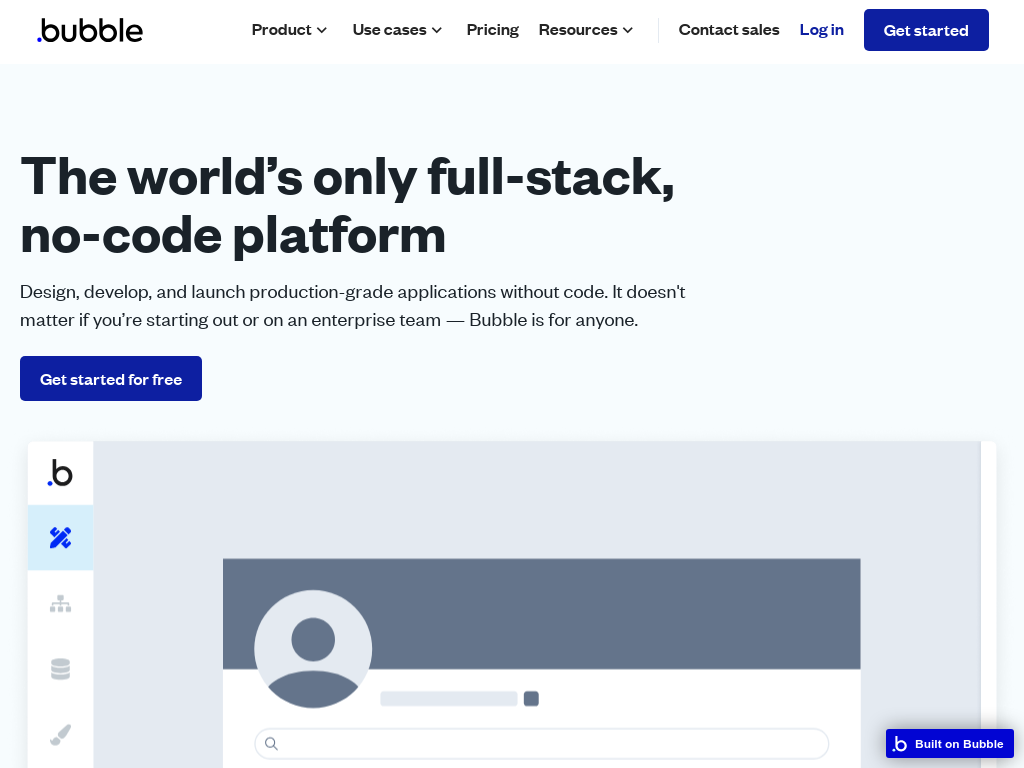
This no code platform is highly versatile, allowing for complete customization of web applications. Its robust backend capabilities enable complex subscription management, including user data handling and automated workflows.
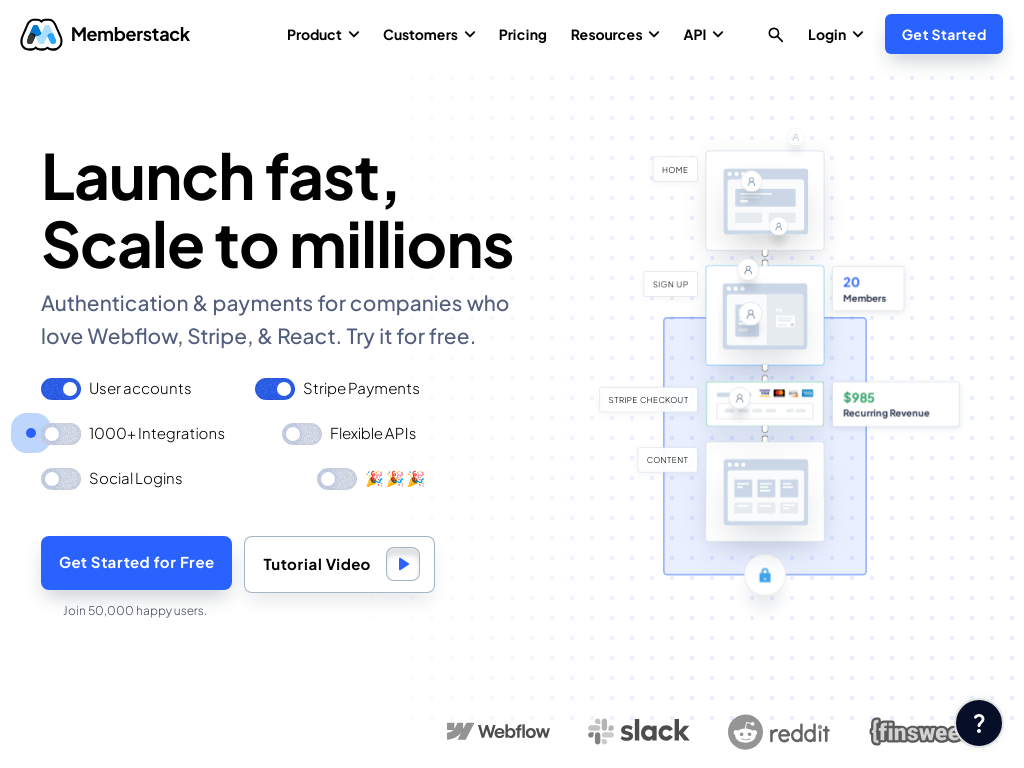
This no code tool seamlessly integrates with existing membership websites, particularly those built on platforms like Webflow. It specializes in member authentication and payments, offering a secure and user-friendly interface for subscription billing and member accounts.
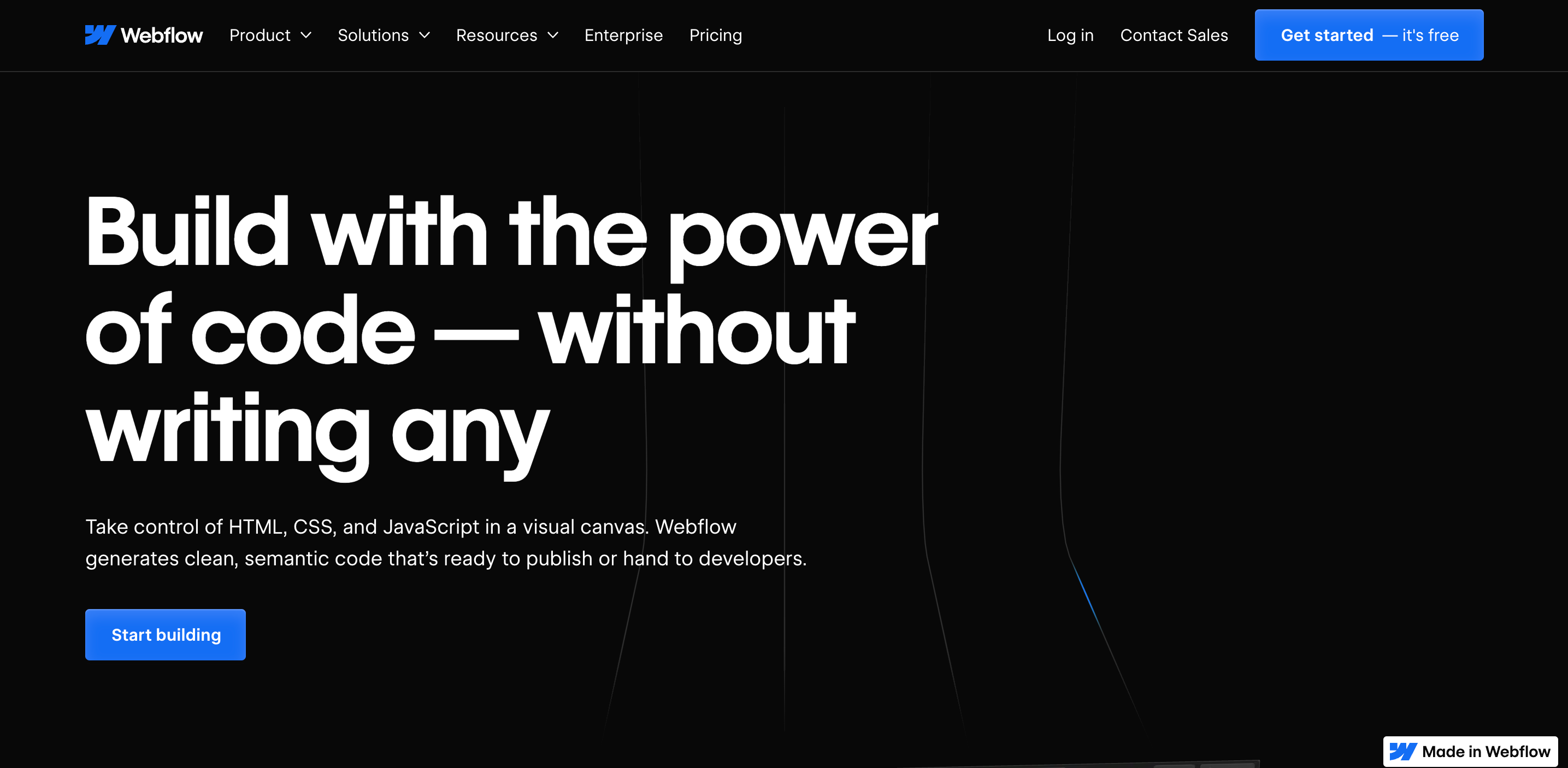
Webflow stands out for its design flexibility and ease of use. It allows you to easily build a website according to your desires and make it your digital presence. While not a subscription service itself, it integrates well with tools like Memberstack, making it ideal for visually appealing and responsive subscription sites.
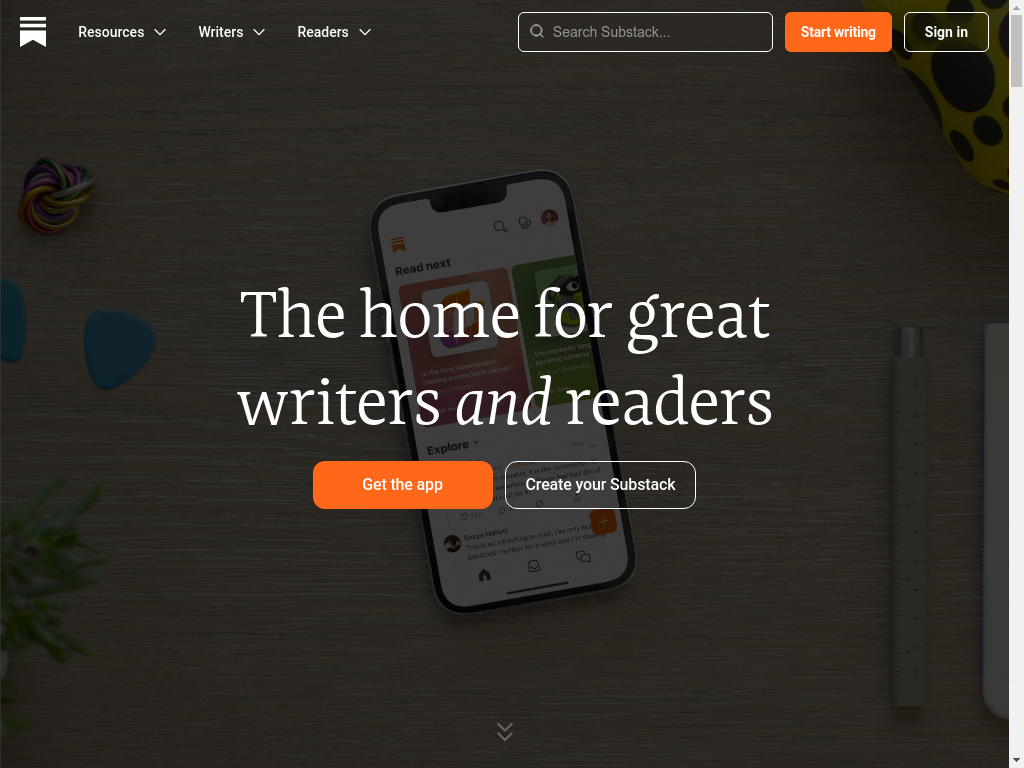
Substack focuses on content creators, particularly for newsletters. It simplifies the process of managing email subscriptions to just a few clicks. Substack offers built-in payment processing, making it a go-to for writers and journalists seeking direct audience monetization.
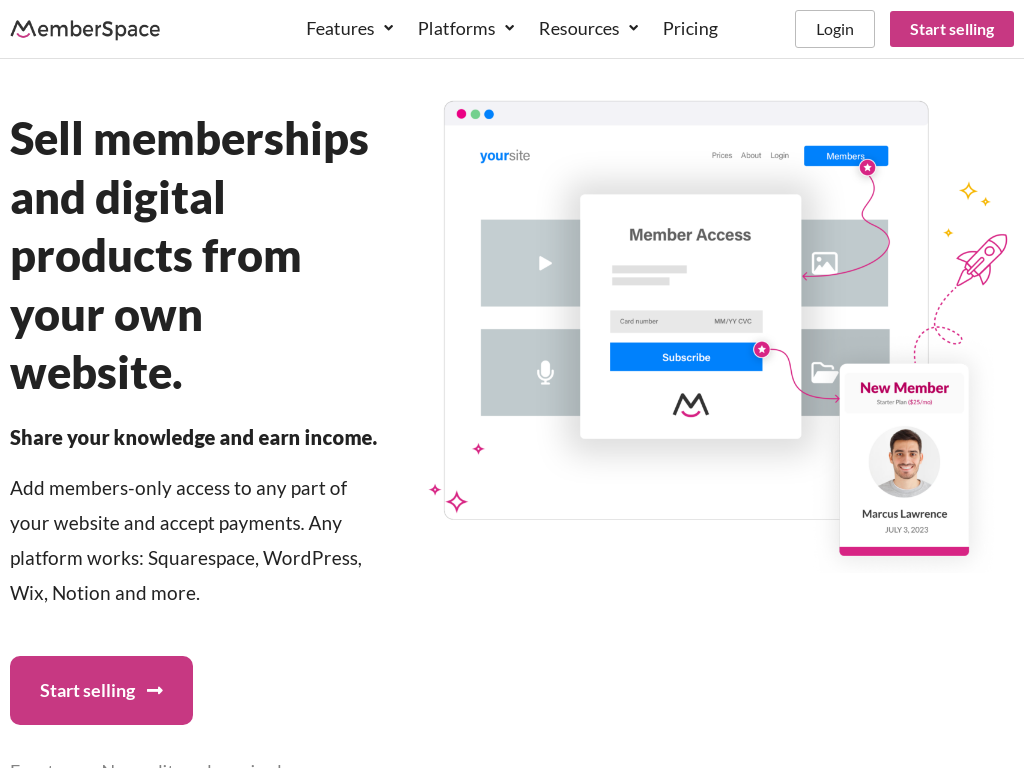
MemberSpace is another excellent option, compatible with various website builders. It’s particularly good for content protection, allowing you to lock parts of your site for members only. It also provides tools for membership and billing details, tiered plans, and member management.
Each platform’s key features for subscription management include:
Selecting the right platform depends on your specific requirements, such as the nature of your content, desired level of customization, and integration needs.
Designing a good membership site with a focus on exceptional user interface (UI) and user experience (UX) is essential to how membership sites retain and engage members.

Your key considerations should be:
1. Simplicity and Clarity: Your UI should be straightforward. Clear navigation, logical page structures, and easily identifiable action items (like sign-up or login buttons) are crucial. Avoid clutter to ensure users can find what they need quickly.
2. Responsive Design: Ensure your site looks great and functions well on all devices, especially mobiles and tablets, as a significant portion of users will access your content on these devices.
3. Consistent Branding: Your site should reflect your brand’s identity; use consistent colors, fonts, and styles that align with your brand. This helps in building trust and recognition.
4. Engaging Visuals: Use high-quality images, videos, or illustrations that resonate with your target audience. Visual elements should add value and not distract from the core content.
5. Intuitive User Flow: Design the user journey to be as intuitive as possible. From onboarding to navigating through various sections, the process should be seamless and logical.
6. Accessibility: Ensure your site is accessible to all users, including those with disabilities. This includes using appropriate color contrasts, text sizes, and alt text for images.
7. Feedback Mechanisms: Incorporate elements like progress bars, confirmation messages, and interactive tooltips to guide and reassure users during their journey on your site.
In summary, a well-designed a membership platform or site should offer a clean, responsive, and branded interface, delivering an intuitive and engaging user experience. This approach fosters a positive environment that encourages users to explore, interact, and stay longer on your membership site.
Another key to a successful no code subscription site is setting up subscription management features.
Integrating Payment Gateways: Choose a payment gateway that offers security and ease of use, like Stripe or PayPal. Integration should be straightforward, allowing for seamless handling of transactions, including recurring payments. Ensure the payment gateway also supports multiple payment methods to cater to a diverse user base.
Member Registration and Account Management: Implement a user-friendly registration and authentication process. This includes simple sign-up forms, password recovery options, and profile management tools. Ensure users can easily update their personal information, subscription plans, login details, and payment details.
Automation Features: Automate subscription renewals to provide convenience for users and a consistent recurring revenue flow. Set up automated email notifications for subscription renewals, payment confirmations, and reminders for upcoming payments or subscription expirations. Automation not only enhances user experience but also reduces administrative workload.
By focusing on these aspects, you can ensure a smooth, secure, and user-friendly subscription management system that fosters trust and retention among your subscribers.
No matter how beautiful and easy to use your site is, what is going to attract people to become paying subscribers is your content. Adding value to your membership is the most important for retention and growth.

Here are some strategies:
Exclusive Content: Offer premium content that’s only available to subscribers. This could include in-depth articles, video tutorials, webinars, online courses or e-books. Tailor this content to meet the specific interests and needs of your audience.
Perks and Services: Provide members with exclusive membership perks such as discounts on products or services, early access to new features, or special offers from partner brands. Consider offering personalized services to members only, like one-on-one consultations or custom content.
Community Building: Create a sense of community among your subscribers. Introduce forums or discussion boards where members can interact, share ideas, and offer support. This fosters a sense of belonging and increases engagement.
Social Integration: Leverage social media platforms to create private groups or pages where members can connect. Regularly host live Q&A sessions, webinars, or online meetups to keep the community active and engaged.
Interactive Features: Implement interactive elements such as polls, quizzes, and contests. This not only makes the customer experience much more engaging, but also provides valuable feedback and insights into your community members’ preferences.
Regular Updates: Keep your content and offerings fresh and up-to-date. Regular updates signal ongoing value and give members something to look forward to.
By focusing on these areas, you can enhance the perceived value of your membership website, making it an indispensable resource for your loyal audience and subscribers.
After thoroughly thinking through the whole site, its design, valuable content and membership levels, there couldn’t be anything more annoying than some simple technical mistake, ruining the experience and driving off possible subscribers. That’s why testing your membership site before launch is critical.

Prior to launch, rigorously test your site to ensure it’s user-friendly and functions as intended. This includes checking navigation, load times, responsiveness across mobile devices, and payment processing. Conduct user testing with a small group to gather feedback on the user experience and identify any areas for improvement.
These strategies will help ensure a successful launch by attracting and retaining members right from the start.
Successfully launching your site and attracting your first bunch of subscribers, however joyful, is just the beginning. Monitoring and continuously improving your subscription site is vital for long-term success.

Tools and Metrics for Monitoring Performance:
Gathering Feedback and Iterative Improvements:
By consistently monitoring, gathering feedback, and making data-driven improvements, you can ensure your subscription site remains dynamic, engaging, and aligned with your audience’s needs.
Building a no code subscription/membership site is a journey that encapsulates the essence of modern entrepreneurship. Key steps include understanding no-code platforms and their advantages, defining your audience and subscription model, choosing the right platform, and designing a user-friendly site.
Essential aspects also involve setting up robust subscription management features, creating valuable and exclusive content, and fostering a strong community. The process doesn’t end at launch. Continual monitoring and improvements are crucial for growth and success.
Embarking on this low-barrier journey opens doors to a world of possibilities. It allows you to create a thriving subscription-based online business and community with fewer technical hurdles and more focus on delivering value to your audience.
Begin by sketching out your unique ideas, defining your target audience, and exploring the right no-code tools for your needs. For further guidance, explore resources like Bubble’s guide to building no-code apps, Memberstack’s insights on membership sites, and Webflow’s blog on no-code design.
Embrace this opportunity to transform your vision into a reality and join the ranks of innovative digital entrepreneurs.